A few years ago, we as a family decided to ditch all our non-stick toxic pots and pans and purchase non-toxic pans instead. There was no turning back after watching ‘Dark Waters (2019), which exposed the dangers of a chemical substance used in non-stick products. Shockingly, many people in America suffered from health issues when the chemical (PFOA) was dumped in open waters. Although the company Teflon, since 2013, no longer uses this chemical, it did cast doubt as to whether it is ideal to cook upon an unnatural substance on a daily basis.
Today we are so caught up on convenience, when in the long run our health is what is ultimately compromised and it’s not worth it. As more information about these harmful substances are emerging, many are looking to traditional age-old cookware that has stood the test of time. So let’s explore some non-toxic pan options and where you can buy them. BUT! If you’re worried about how to cook with non-coated cookware and not have your food stick and char, then read this post which tells you in 3 easy steps how to avoid this.
1. Carbon Steel Pans
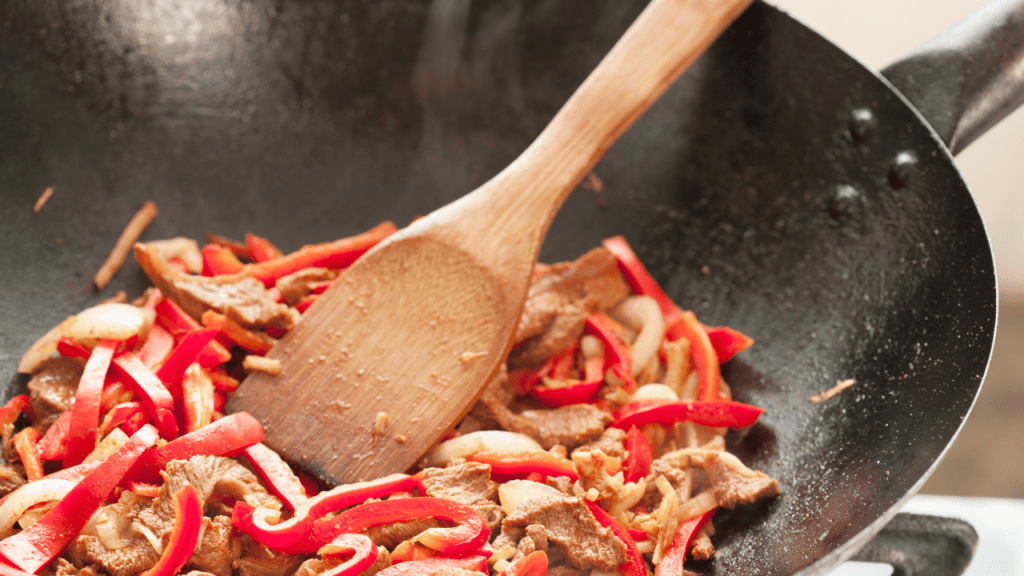
It seems that carbon steel pans have been a favourite with professional chefs for a while now. These pans are not only durable, lightweight, and excellent heat conductors, but they also offer even heat distribution for precise cooking. Unlike Teflon, carbon steel pans do not contain any synthetic coatings or chemicals, making them a safer option for cooking at high temperatures. One good item to get in carbon steel, is the wok – and this one has been highly recommended. It was created by a popular Chinese YouTuber (Souped up Recipes) who makes the most delicious Chinese meals. Check her out!
2. Ceramic Pans

Ceramic pans actually have a non-stick coating, however it is made from natural minerals, making them non-toxic unlike the PFOA and PTFE found in Teflon. This non-toxic surface is scratch-resistant and easy to clean, offering a safer cooking experience without compromising on performance. Ceramic pans also heat up quickly and retain heat well, ensuring efficient cooking while reducing the risk of hot spots. It’s best to purchase a high quality ceramic pan, because I have unfortunately seen that the one I bought in the past has scratched over 3 years of usage.
3. Cast Iron Pans
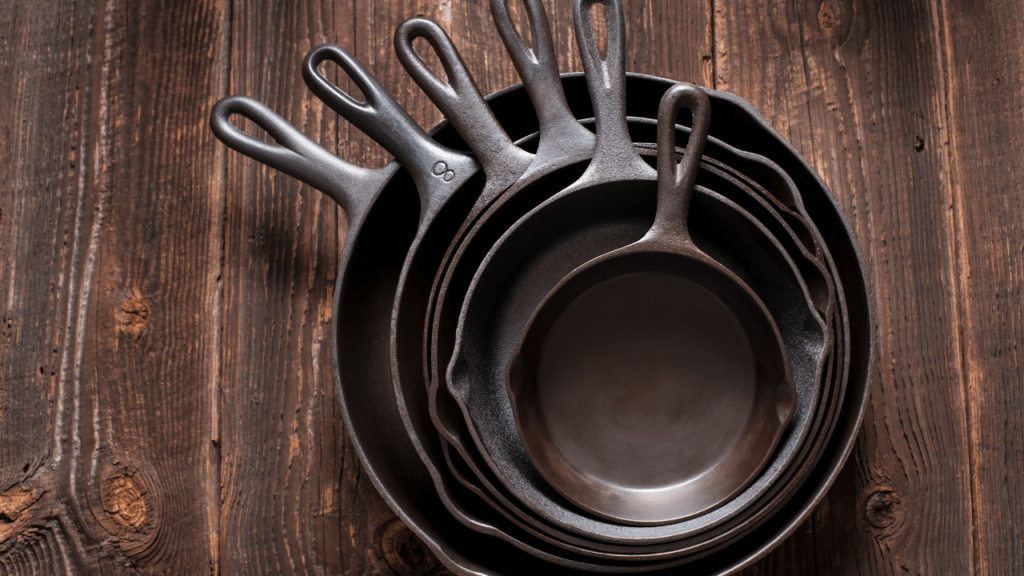
Now cast iron pans have stood the test of time for their durability and versatility and have been used for centuries. When properly seasoned, these pans become naturally non-stick, saving you from needing to buy synthetically coated pans. Cast iron pans are fantastic to use in the kitchen as they offer the added benefit of leaching small amounts of iron into your food during cooking, providing a nutritional boost. Need extra iron? Cook your food on a cast iron pan! A few good brands I have my eye out on are: Le Creuset, Lodge and Staub. It’s good to know just how well these cookware are when people let you know that their pans have been passed down many generations. If you’re looking for a cheaper alternative for the meantime then opt for this one which has almost 45,000 reviews on Amazon with a 4.6 star rating!
4. Stainless Steel Pans
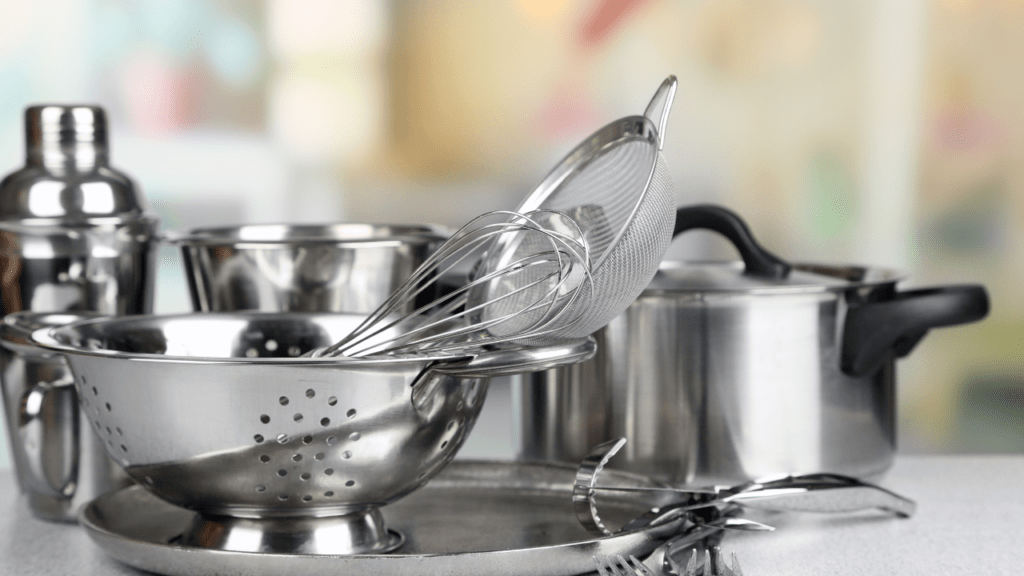
Stainless steel pans are very durable and compared to other materials are inexpensive. Although stainless steel pans sometimes require a bit more oil to prevent sticking, their longevity make them a worthwhile contribution to your cookware stash.
5. Clay Pots
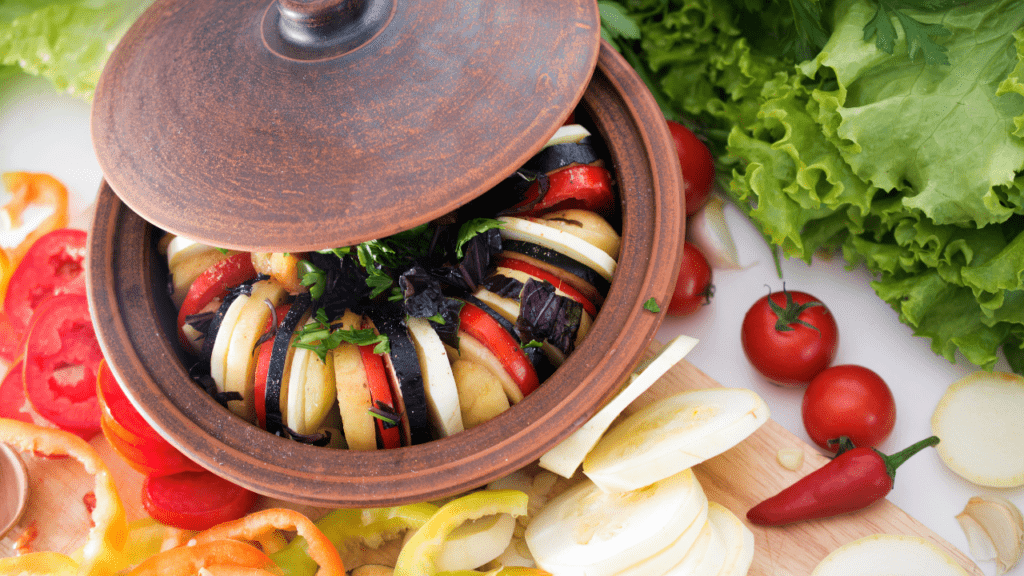
Clay pots have been used for cooking since ancient times and are making a come back in modern kitchens due to their health benefits. But besides that, many cultures in Africa and around the world still use clay pots for cooking certain meals like delicious tagine from Morocco. Clay pots are porous but are free from any synthetic coatings or chemicals. Interestingly, cooking in clay pots provides a unique flavour to your dishes whilst retaining moisture and nutrients, And if you’re conscious about your contributions to the environment, then clay pots are certainly a sustainable choice.
6. Copper pots
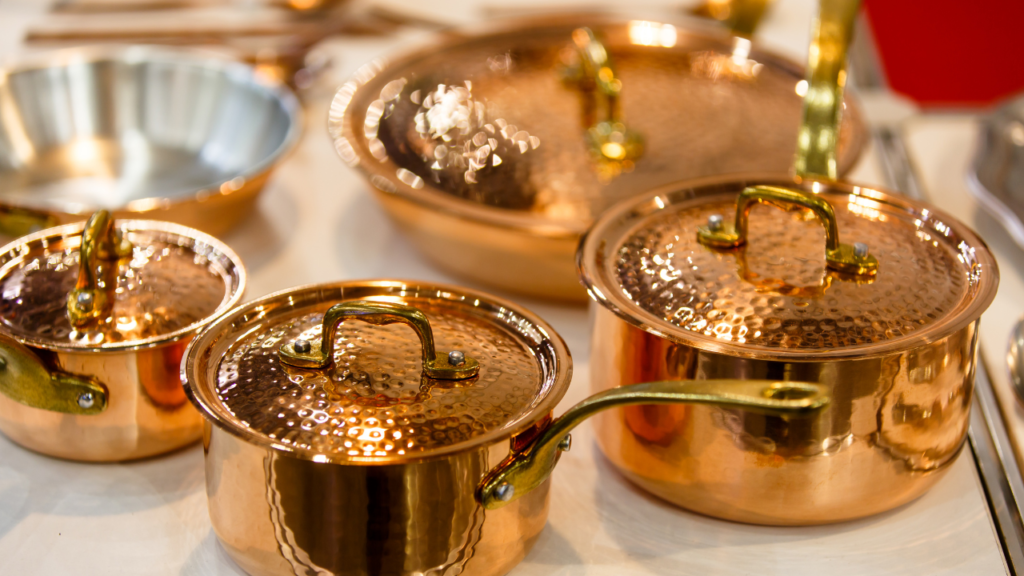
Copper pots have been used for thousands of years and have been greatly welcomed due to their great versatility. Ancient civilisations used copper pots and over the past centuries have been displayed in the kitchens of the aristocrats and gentry. Copper pots heat up quickly and distribute heat evenly, providing precise temperature control for tasks like sautéing and simmering. These cherished heirlooms add a bit of elegance to your kitchen too! Note that copper pots react with acidic foods, however, pots today are usually coated with non-reactive materials to prevent this.
Which is your favourite to use?
Let me know which of the above you love cooking with! Plus share any recommend brands too, I’d love to know!
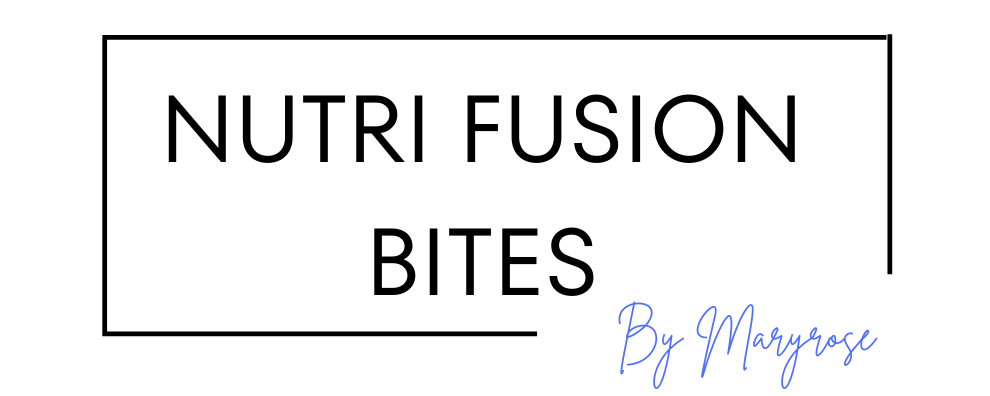

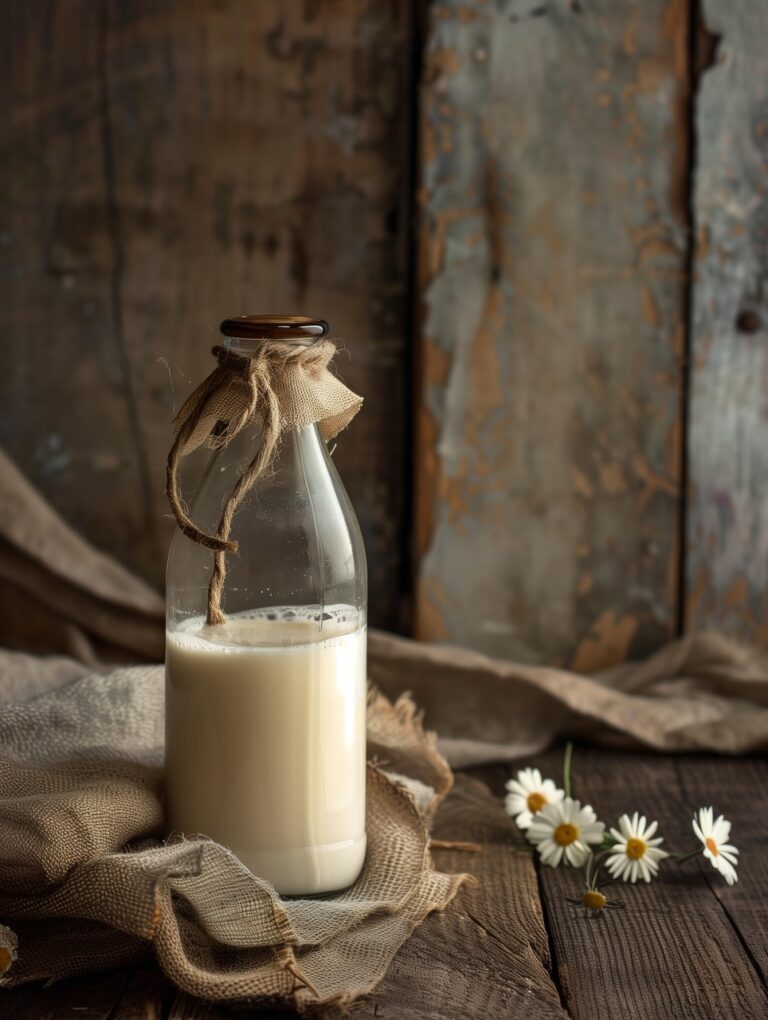
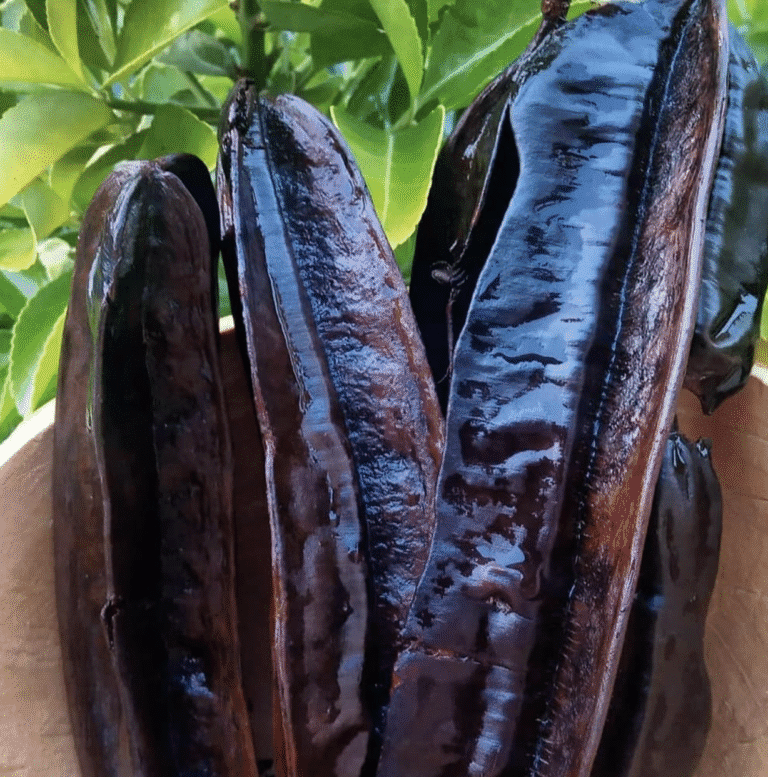
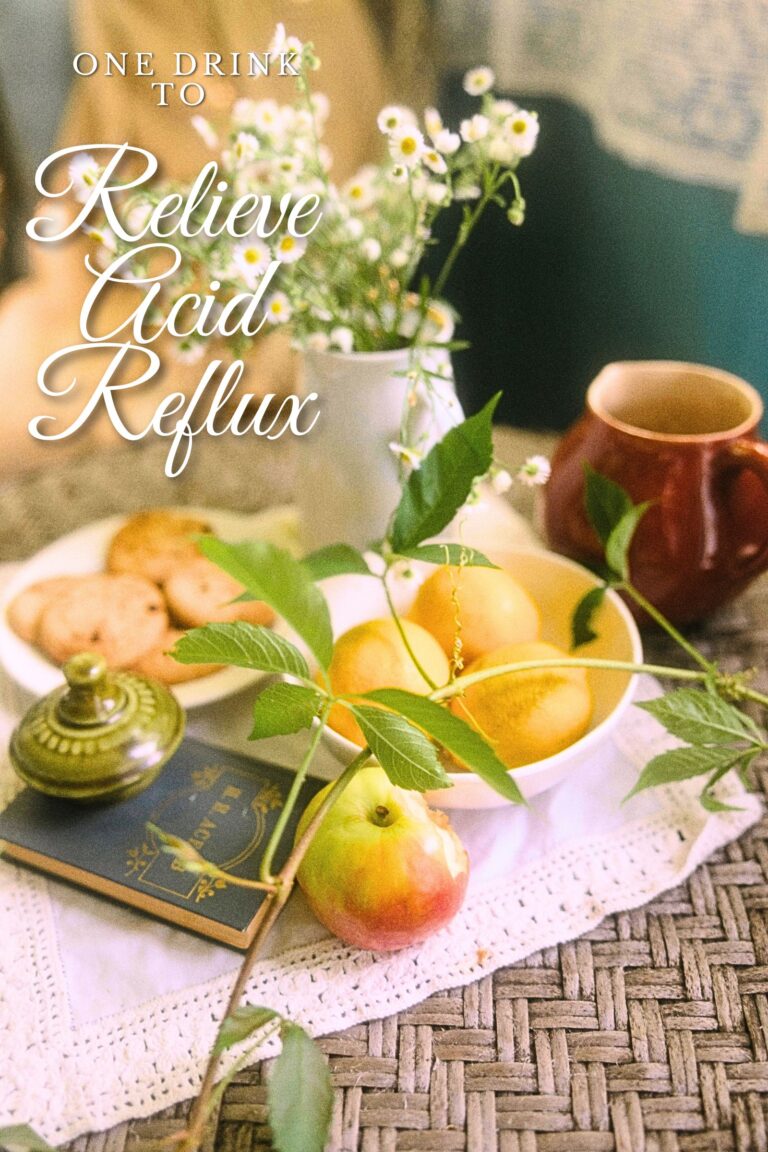
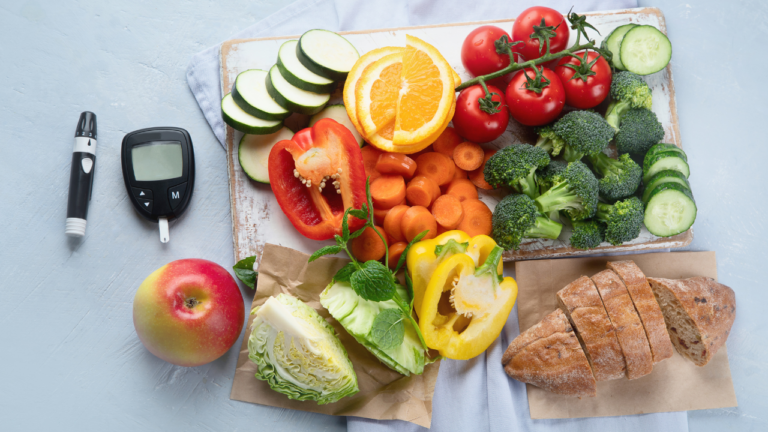
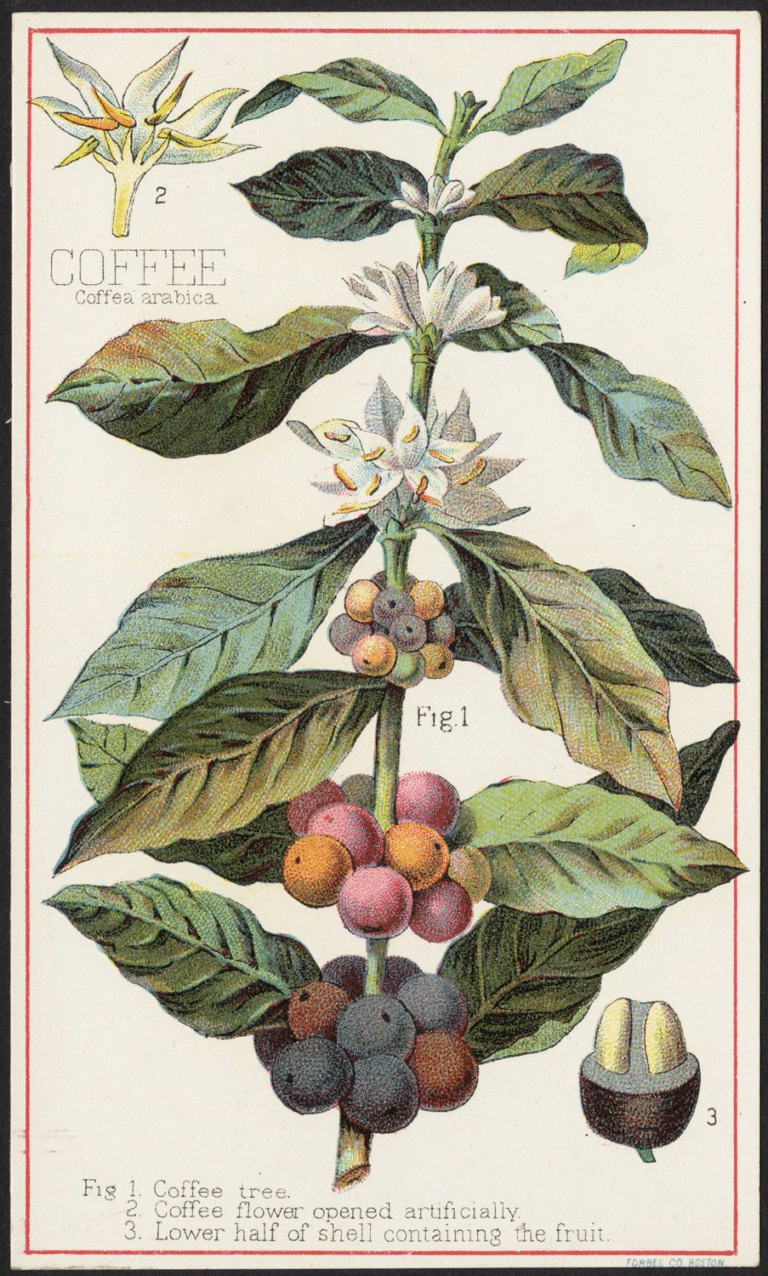
One Comment